
Simply explained
-
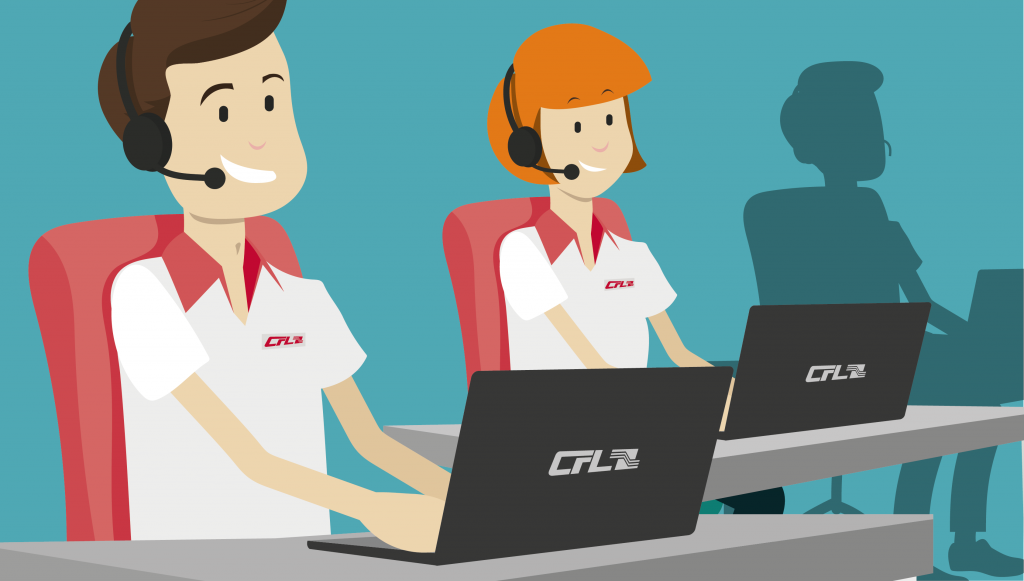 11 Dec. 2018 • 2 minutes
11 Dec. 2018 • 2 minutesCall Center and Information Service: here for you!
Read more -
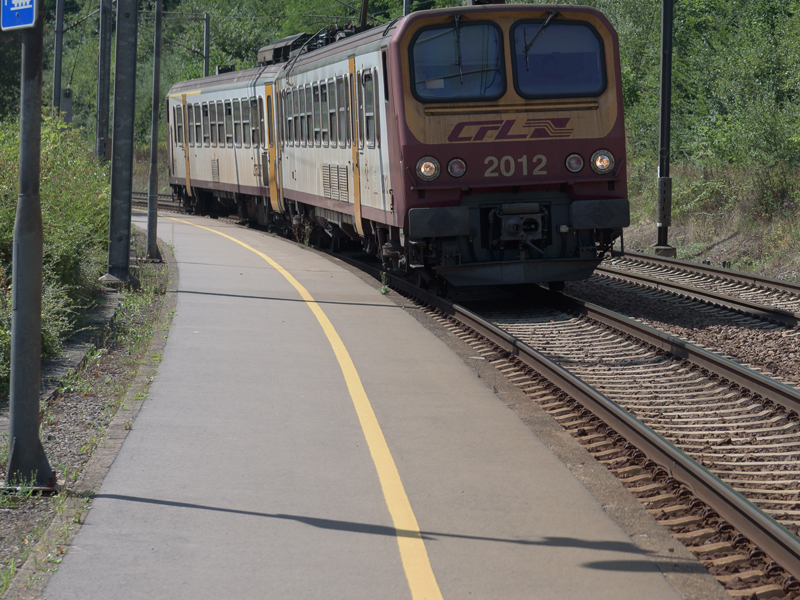 17 Oct. 2018 • 3 minutes
17 Oct. 2018 • 3 minutesThe safety line
Read more -
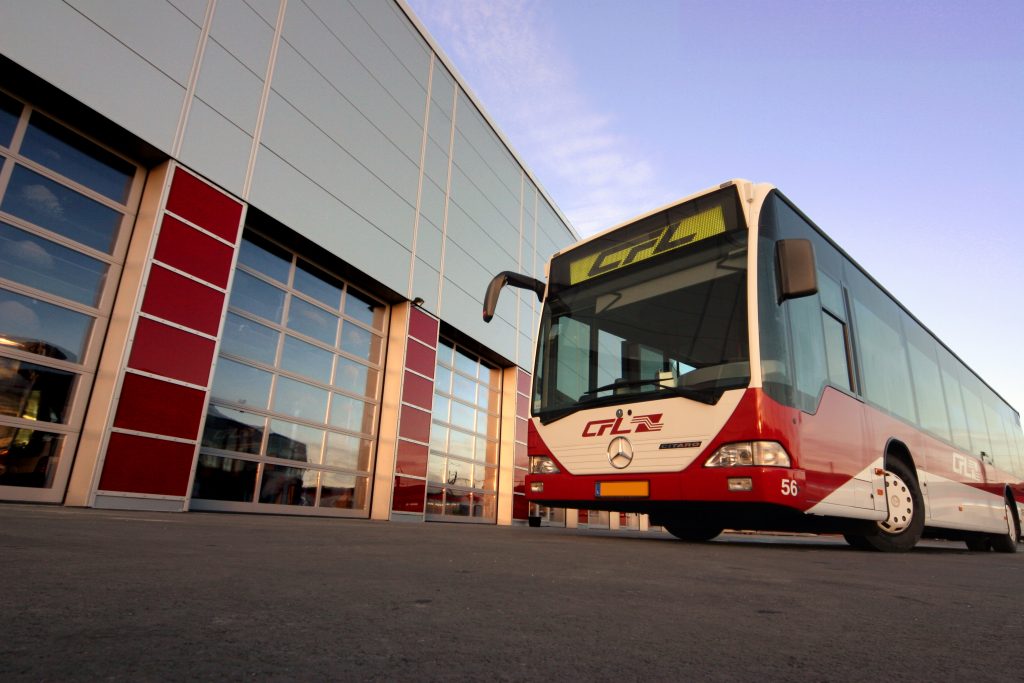 02 Oct. 2018 • 3 minutes
02 Oct. 2018 • 3 minutesBuses, a part of the CFL well worth discovering
Read more -
 19 Sep. 2018 • 2 minutes
19 Sep. 2018 • 2 minutesBarrier-free travel – the European concept “Design for all”
Read more -
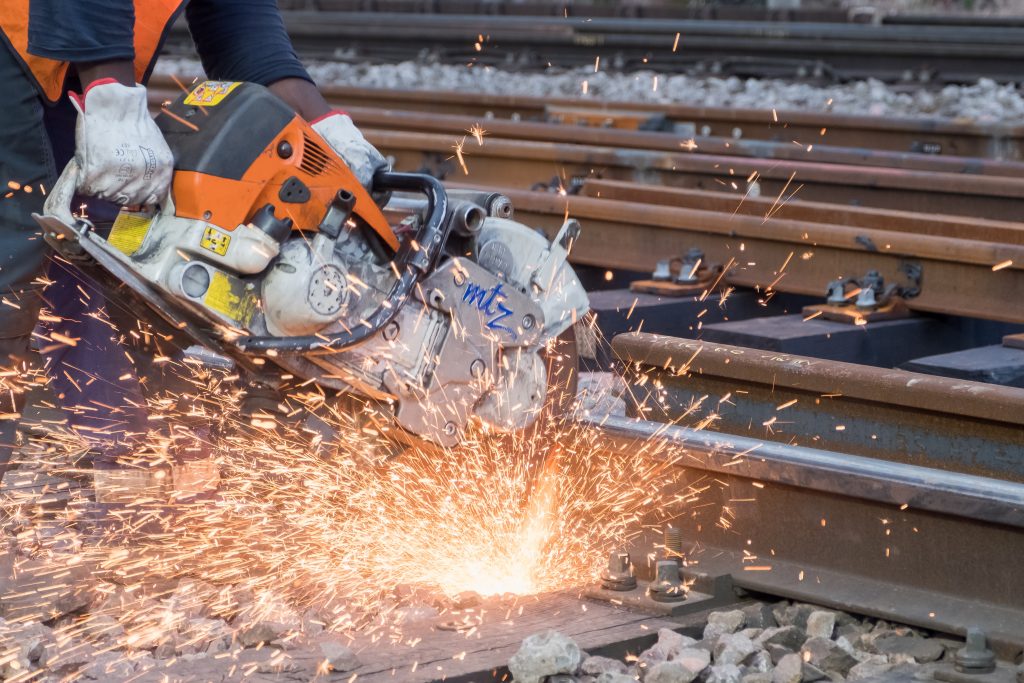 04 Sep. 2018 • 3 minutes
04 Sep. 2018 • 3 minutesrailway closure – behind the scenes
Read more -
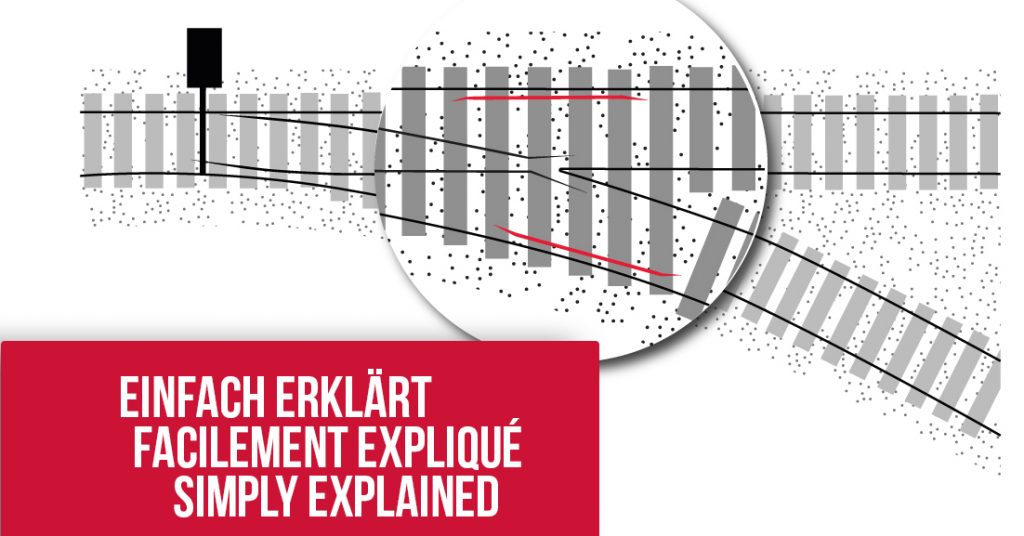 03 Jul. 2018 • 1 minute
03 Jul. 2018 • 1 minuteSimply explained : switches
Read more -
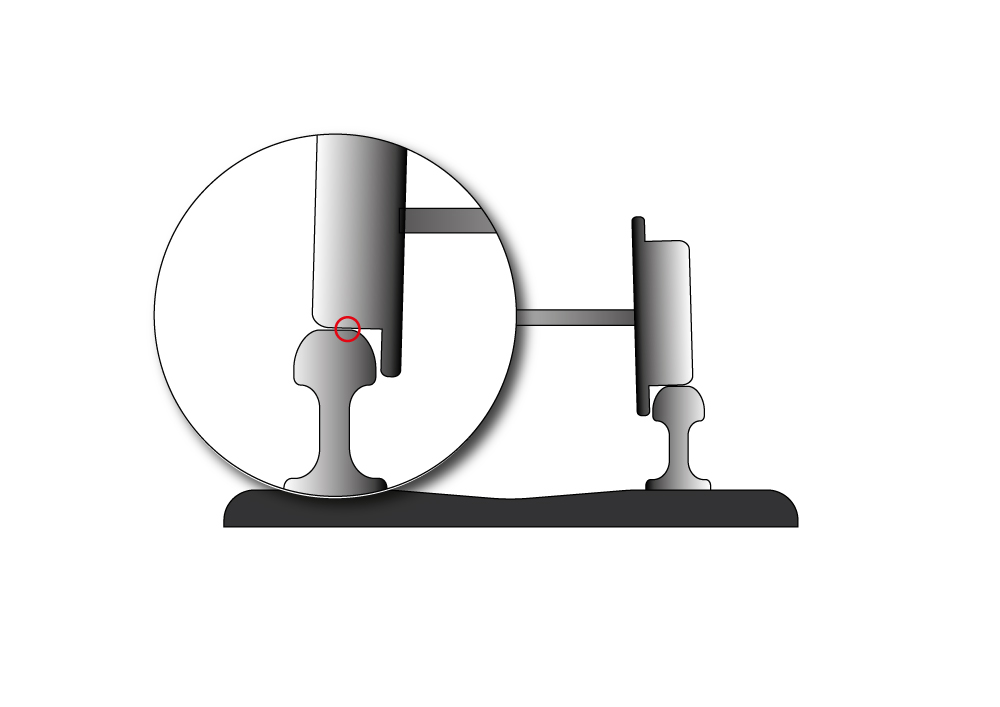 20 Jun. 2018 • 1 minute
20 Jun. 2018 • 1 minuteThe track maintenance
Read more -
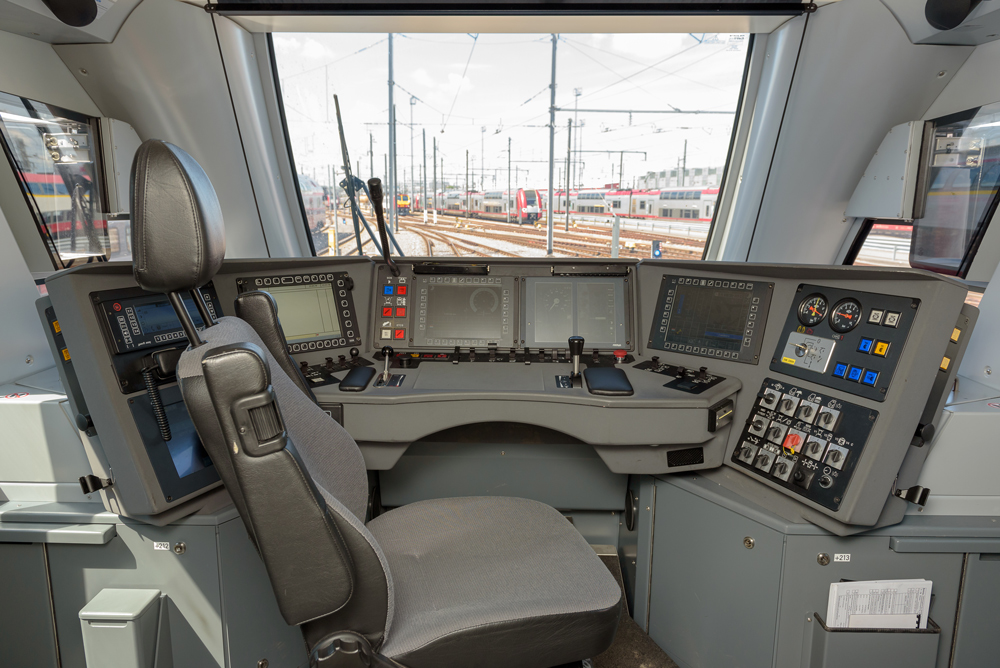 12 Jun. 2018 • 1 minute
12 Jun. 2018 • 1 minuteIn the driver’s cabin of a KISS Stadler
Read more -
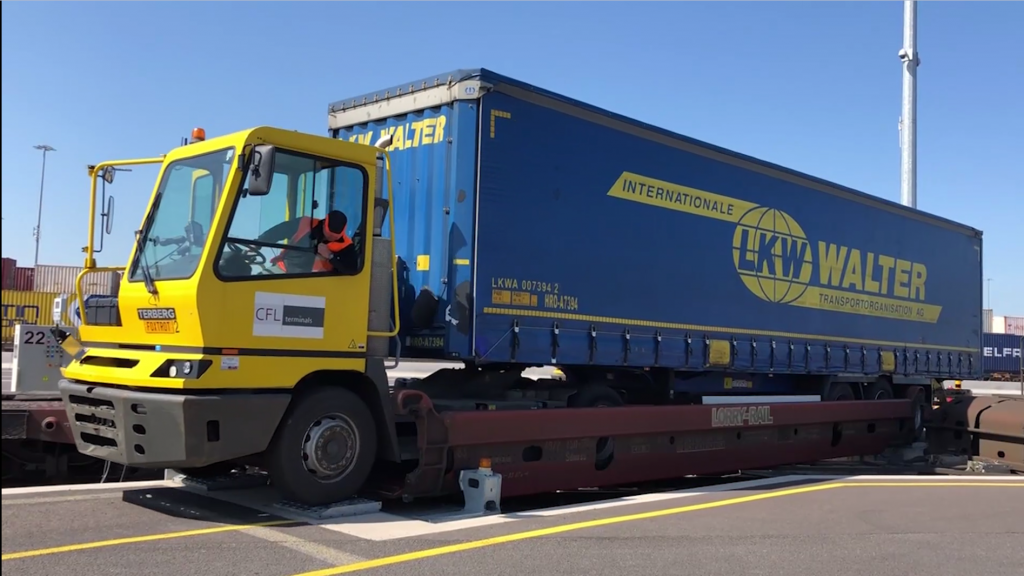 15 May. 2018 • 1 minute
15 May. 2018 • 1 minuteThe rolling highway
Read more -
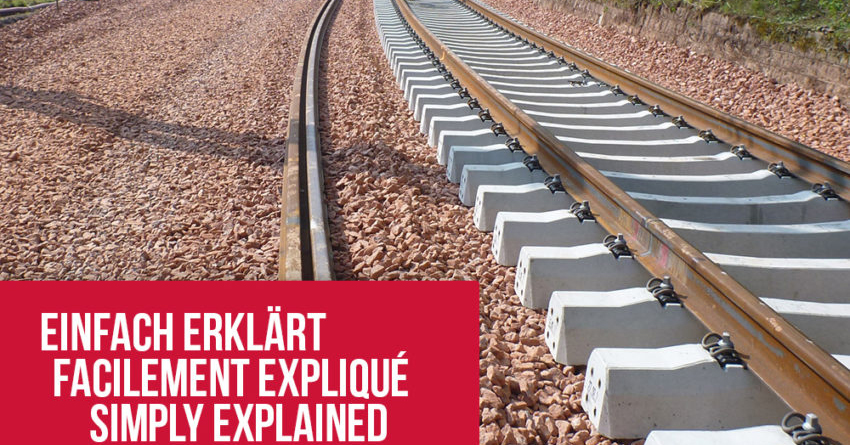 30 Apr. 2018 • 1 minute
30 Apr. 2018 • 1 minuteThe track
Read more -
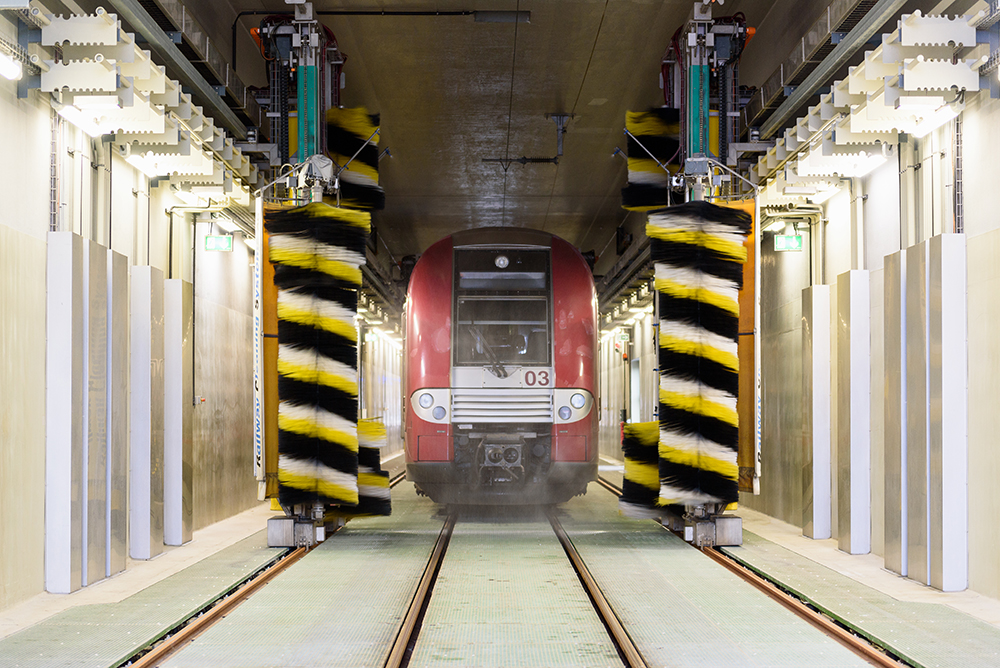 28 Mar. 2018 • 1 minute
28 Mar. 2018 • 1 minuteCFL’s train-wash-station
Read more -
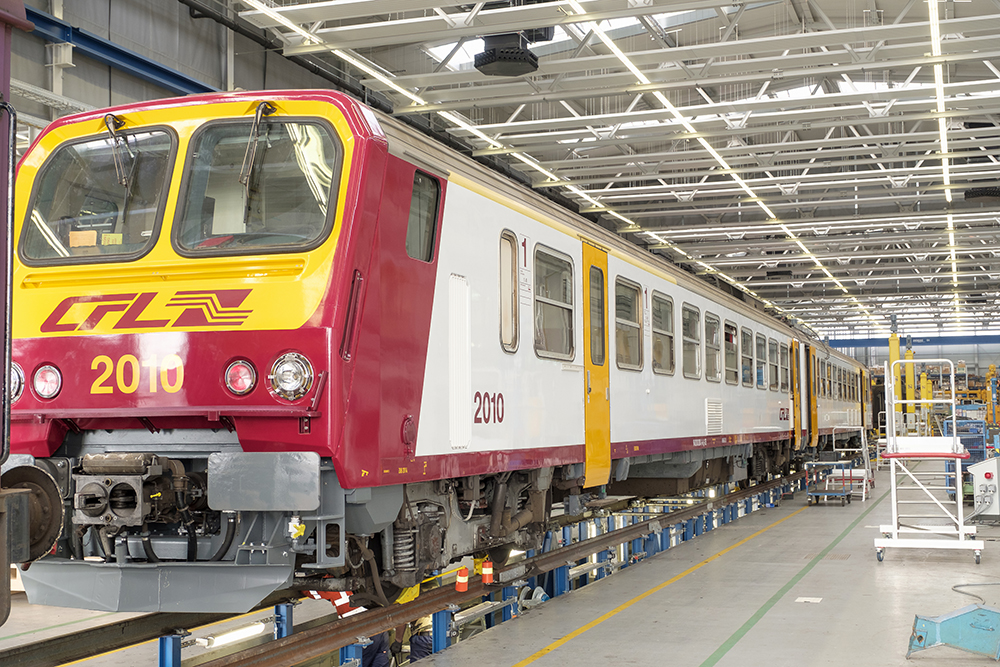 05 Mar. 2018 • 1 minute
05 Mar. 2018 • 1 minuteAfter 20 years of loyal services : the complete overhaul of the Z2
Read more